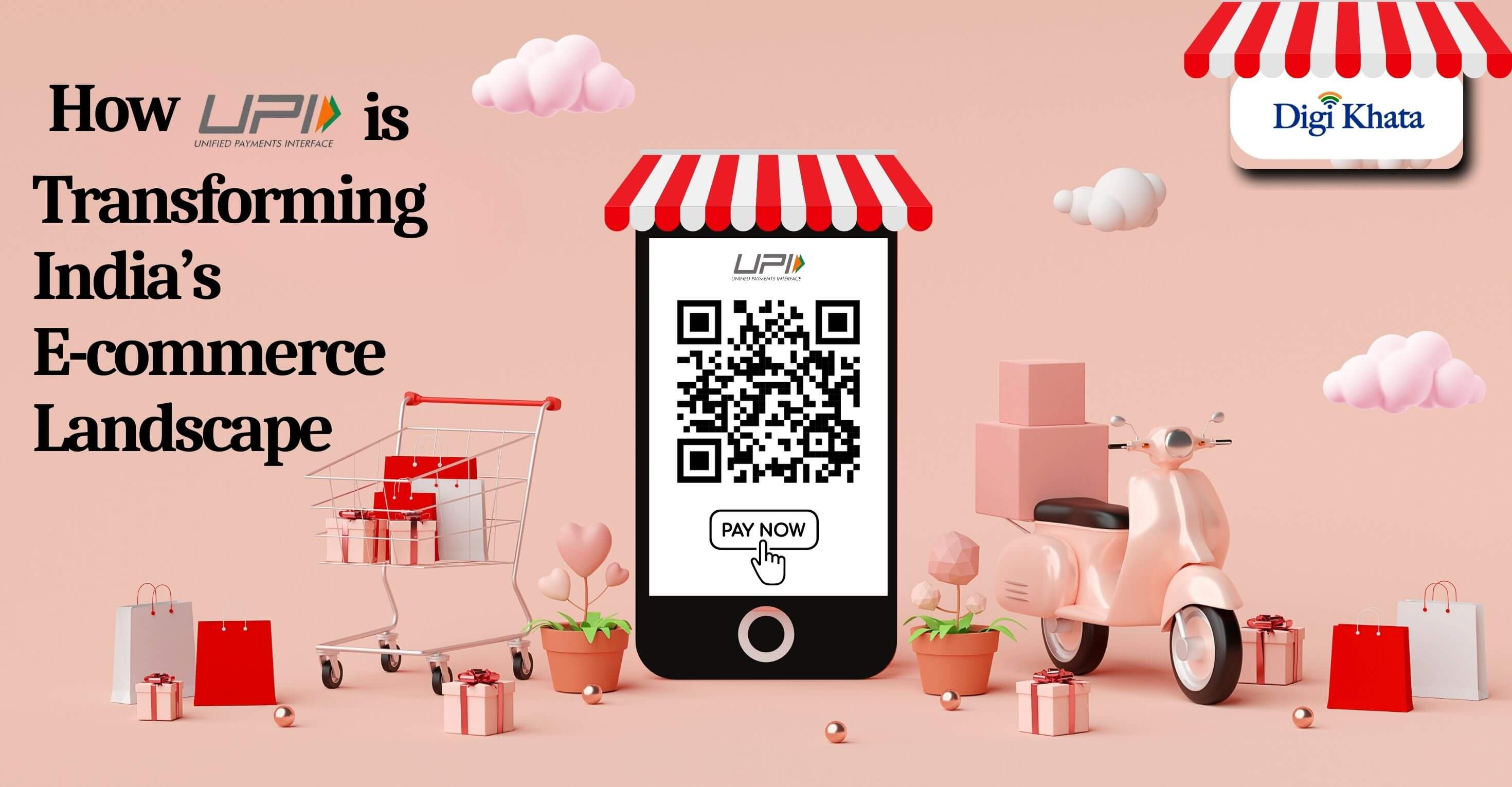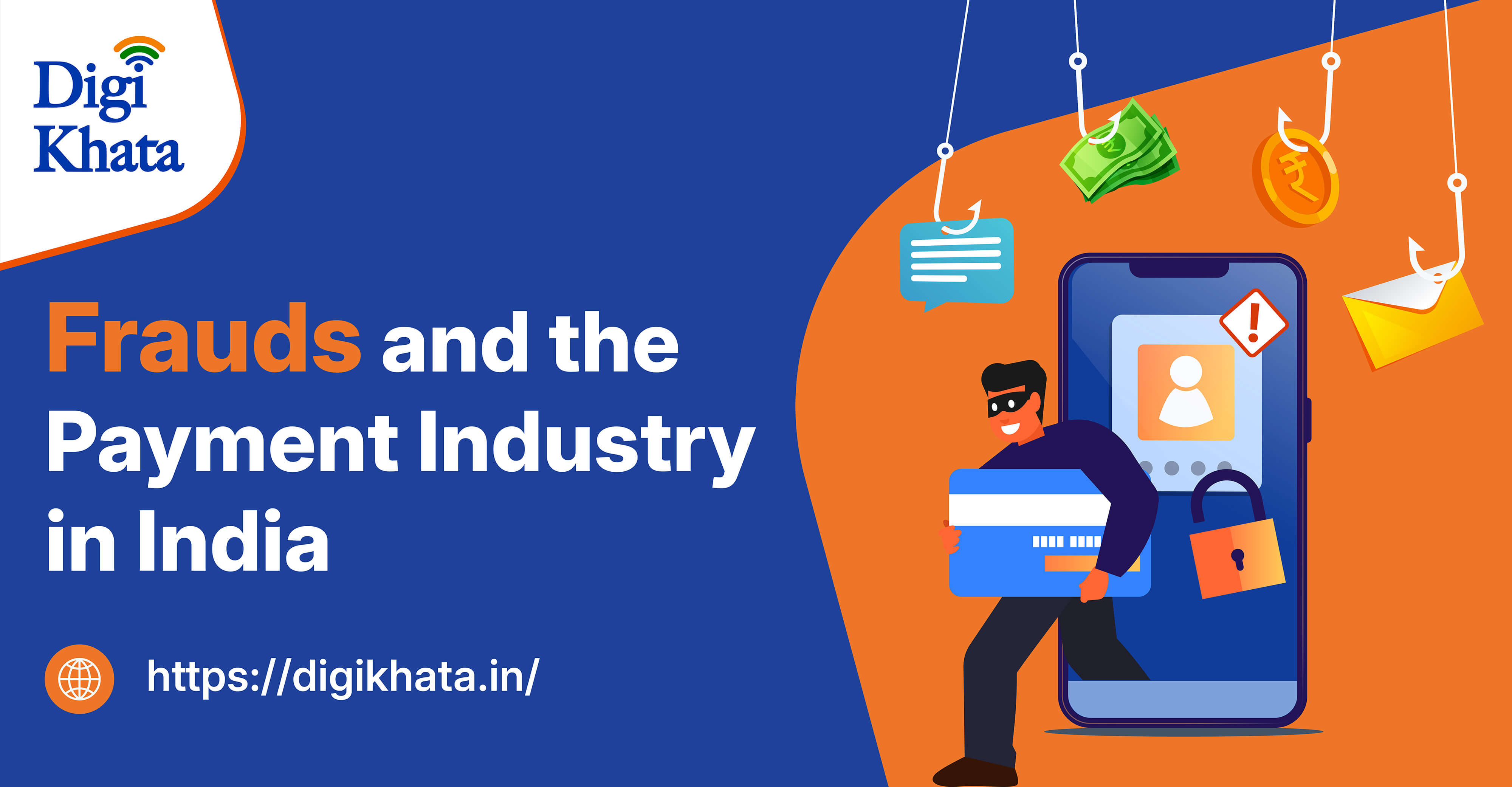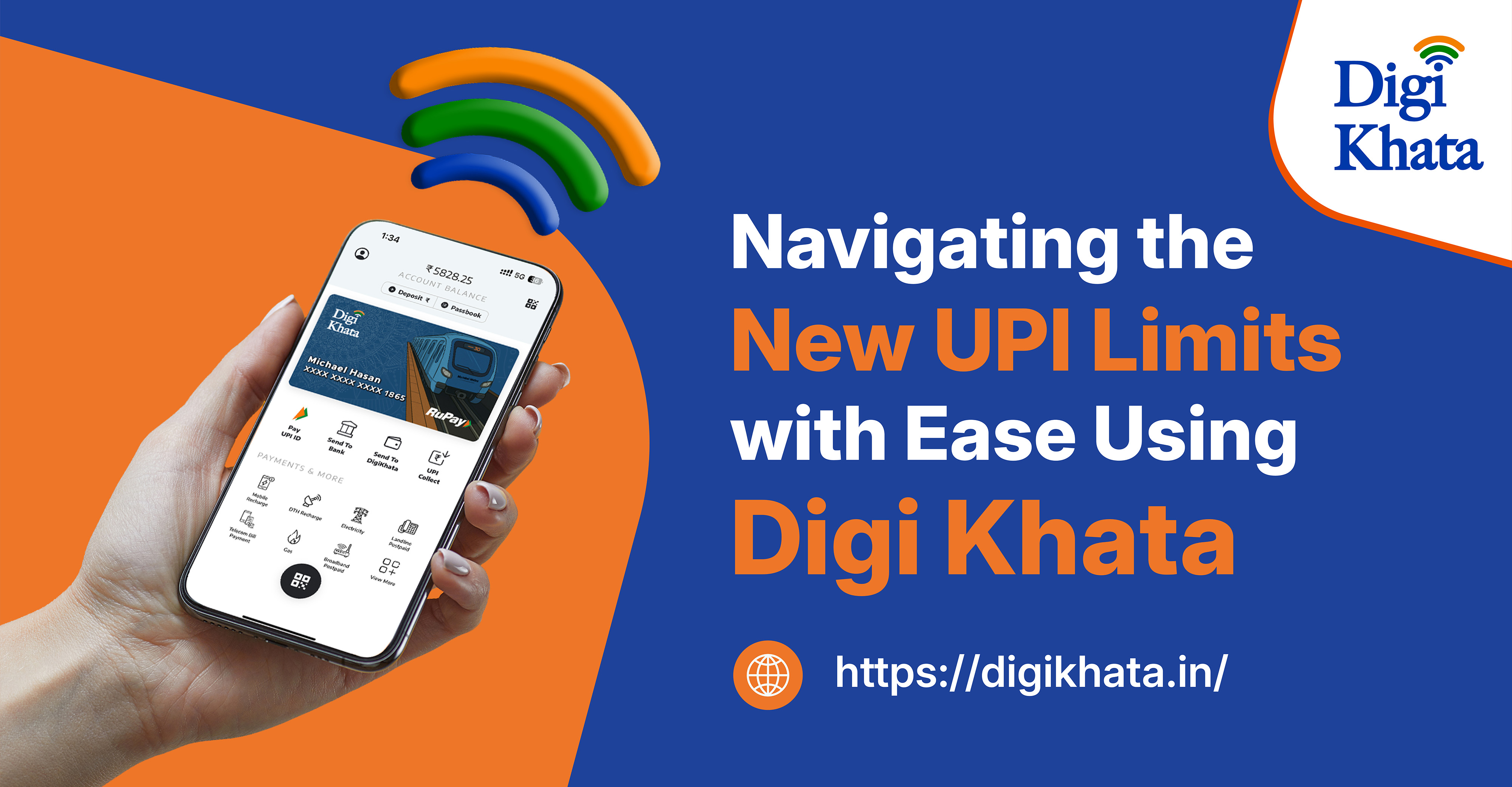Sep 30, 2024
How UPI Is Transforming India’s E-commerce Landscape

India’s digital payment ecosystem has witnessed a remarkable transformation over the last few years, primarily driven by the rise of the Unified Payments Interface (UPI). This innovative payment system has not only revolutionized the way consumers conduct transactions but has also played a pivotal role in shaping the e-commerce landscape in the country. In this blog, we’ll explore how UPI is changing the dynamics of online shopping, enhancing consumer experiences, and fostering economic growth.
The Emergence of UPI
Launched in 2016 by the National Payments Corporation of India (NPCI), UPI was designed to simplify digital payments. By enabling users to link multiple bank accounts to a single mobile application, UPI allows for instant money transfers, bill payments, and online purchases with minimal effort. The success of UPI can be attributed to its user-friendly interface, instant transfer capabilities, and the convenience of conducting transactions using just a mobile phone.
Driving E-commerce Growth
Increased Accessibility: One of the most significant impacts of UPI on e-commerce is its role in increasing accessibility. With a smartphone and an internet connection, consumers can now shop from anywhere at any time. This has particularly benefited small and medium-sized enterprises (SMEs) that lack the resources for elaborate payment gateways. UPI allows these businesses to accept payments without incurring hefty transaction fees, making it an attractive option for online retailers.
Boosting Consumer Confidence: UPI’s seamless payment process has significantly boosted consumer confidence in online transactions. The instant confirmation of payments, along with the secure nature of UPI transactions, has alleviated concerns over fraud and payment failures. As consumers become more comfortable shopping online, e-commerce platforms are experiencing increased traffic and sales.
Facilitating Microtransactions: UPI has enabled microtransactions, which are transactions involving small amounts of money. This has opened new avenues for e-commerce, allowing businesses to offer products and services at lower price points. For instance, digital content providers, gaming platforms, and subscription services have leveraged UPI to facilitate small payments, thus broadening their customer base.
The Role of UPI in Enhancing User Experience
Instant Payments: One of the standout features of UPI is its ability to process payments in real-time. This instant payment capability has significantly improved the overall user experience in e-commerce. Customers no longer have to deal with delays caused by traditional banking methods, which often require several hours or even days to process. This speed is especially crucial during sales events and flash sales, where consumers expect to complete transactions quickly.
Simplified Payment Process: UPI’s streamlined payment process is another factor contributing to its popularity. By eliminating the need for complicated card details or lengthy checkout procedures, UPI allows consumers to complete purchases with just a few taps on their mobile devices. This ease of use not only enhances the shopping experience but also reduces cart abandonment rates—a significant concern for online retailers.
Integration with E-commerce Platforms: E-commerce giants and startups alike have rapidly integrated UPI into their payment gateways. Major platforms such as Flipkart, Amazon, and Paytm have embraced UPI, offering consumers multiple payment options at checkout. This integration has not only simplified the payment process but has also encouraged more customers to choose UPI as their preferred payment method.
UPI’s Impact on the Digital Economy
Empowering Small Businesses: UPI has democratized the e-commerce space, enabling small businesses and entrepreneurs to participate in the digital economy. With low transaction costs and easy setup, many local vendors have transitioned to online sales, expanding their reach beyond geographical limitations. This shift has contributed to job creation and economic growth, particularly in rural and semi-urban areas.
Financial Inclusion: The rise of UPI has also played a crucial role in promoting financial inclusion in India. With a large portion of the population still unbanked, UPI has provided a means for individuals to engage in digital transactions without the need for a traditional bank account. This has empowered millions of people, particularly in rural regions, to participate in the e-commerce ecosystem.
Boosting Government Initiatives: The Indian government has recognized the transformative potential of UPI and has actively promoted its adoption. Initiatives like Digital India and Startup India aim to leverage digital payments to stimulate economic growth. By encouraging cashless transactions through UPI, the government aims to enhance transparency, reduce black money, and foster a robust digital economy.
Challenges and Future Prospects
While UPI has undeniably transformed India’s e-commerce landscape, challenges remain. Issues such as digital literacy, cybersecurity, and internet connectivity in remote areas can hinder further growth. However, ongoing efforts to enhance infrastructure and educate consumers about digital payments are paving the way for a brighter future.
As technology continues to evolve, the potential for UPI to further shape India’s e-commerce landscape is immense. Innovations such as UPI 2.0, which offers features like overdraft facilities and invoice verification, are set to enhance the user experience and expand UPI’s functionalities.
Unlocking the Future of E-Commerce with Digi Khata
Digi Khata is at the forefront of India’s digital payment revolution, enabling instant UPI account creation for seamless transactions. With our platform, you can easily create UPI ID online and enjoy the benefits of free digital account opening, making it accessible for everyone. Our commitment to instant account opening ensures that you can start transacting within minutes, empowering small businesses and consumers alike to participate in the thriving e-commerce landscape. As UPI continues to transform the way we shop online, Digi Khata is your trusted partner in harnessing this technology for a secure and convenient payment experience. Join us today and embrace the future of digital transactions!
Conclusion
In conclusion, UPI is reshaping India’s e-commerce landscape by making digital transactions faster, more accessible, and secure. Its impact on consumer behavior and small businesses has been profound, promoting greater confidence in online shopping and expanding market reach. With features that cater to instant payments and microtransactions, UPI has effectively lowered barriers for both consumers and merchants alike. As we move forward, the integration of UPI with various platforms will continue to drive innovation and inclusivity in the digital economy. By leveraging these advancements, stakeholders in e-commerce can harness the full potential of UPI, paving the way for a future where online transactions are seamless and universally accessible.
Read Also: The Future of FinTech: Innovations and Trends Shaped by UPI
 Sep 16, 2025
Sep 16, 2025
 Aug 28, 2025
Aug 28, 2025
 Dec 25, 2024
Dec 25, 2024

